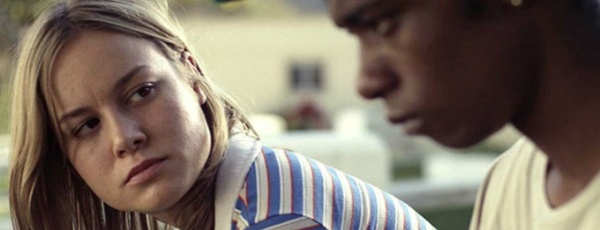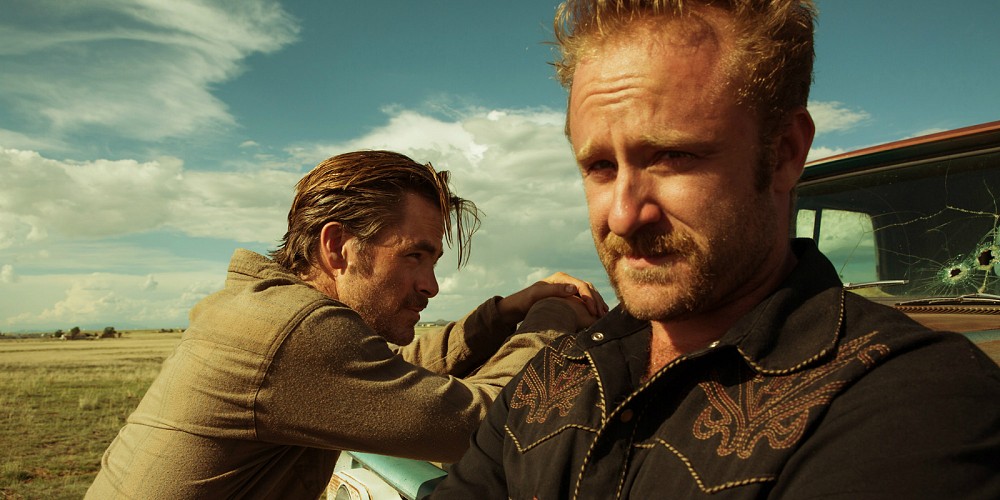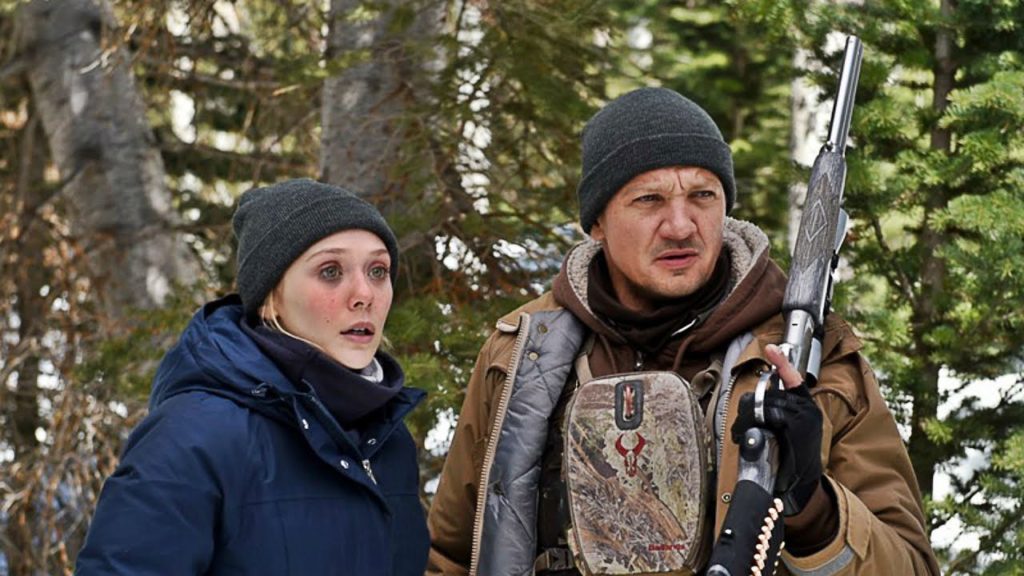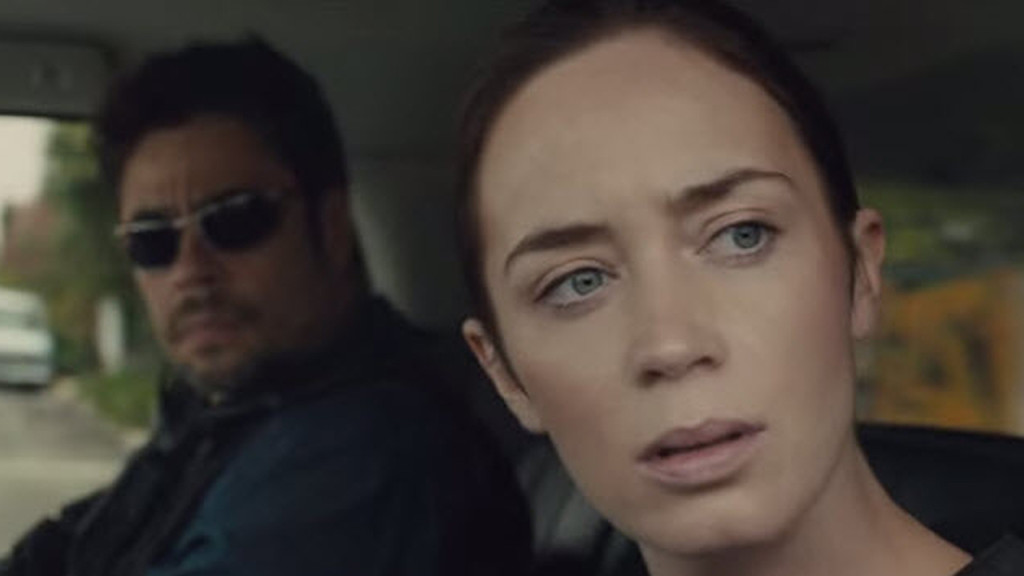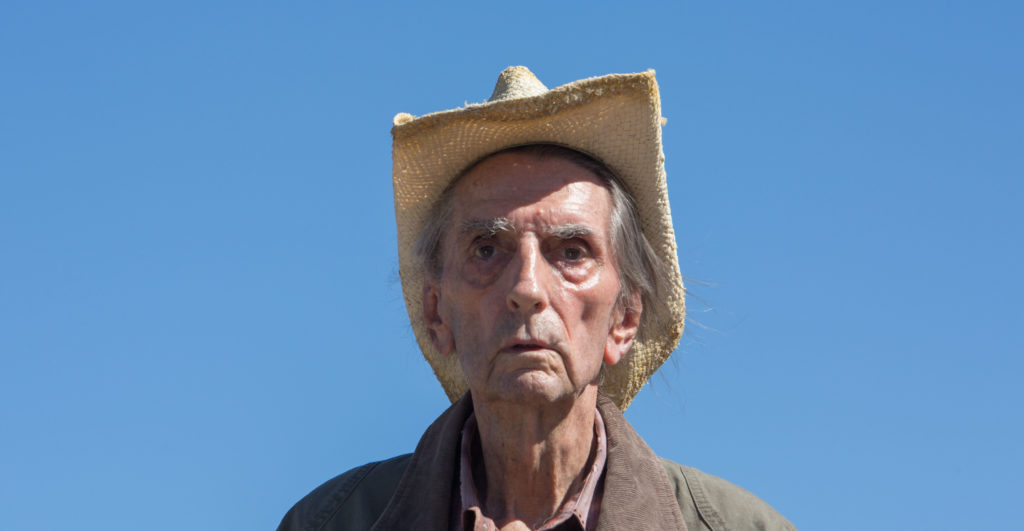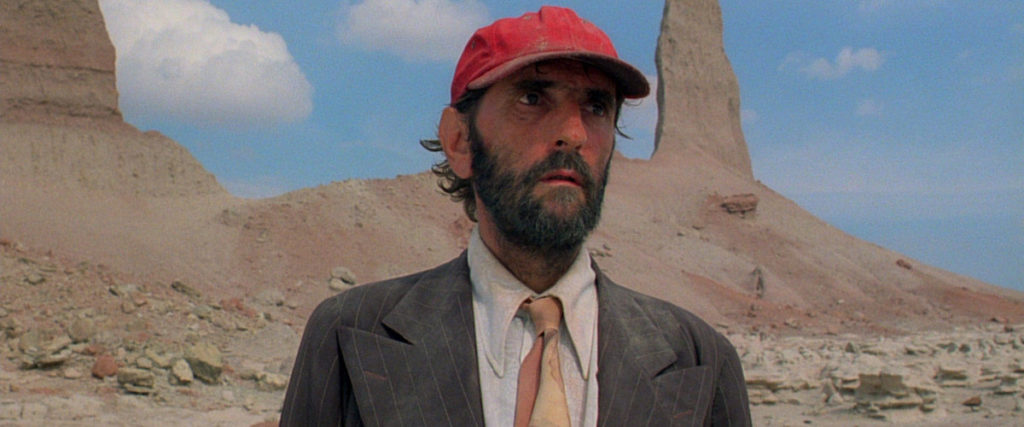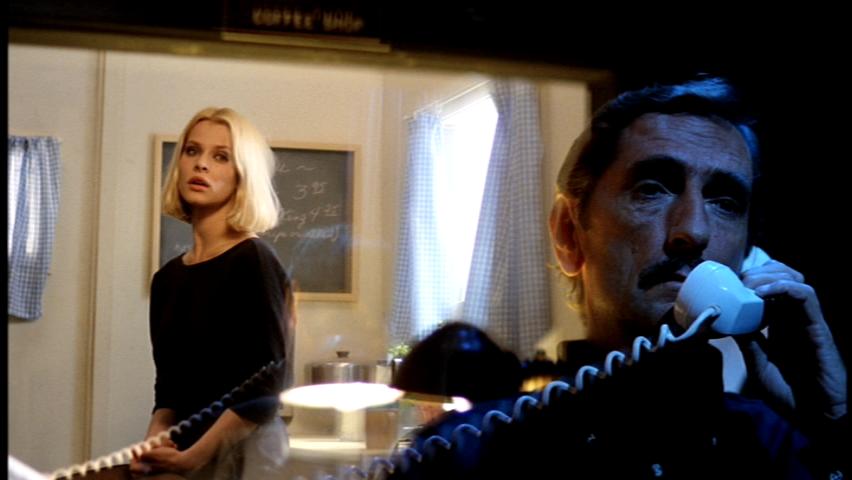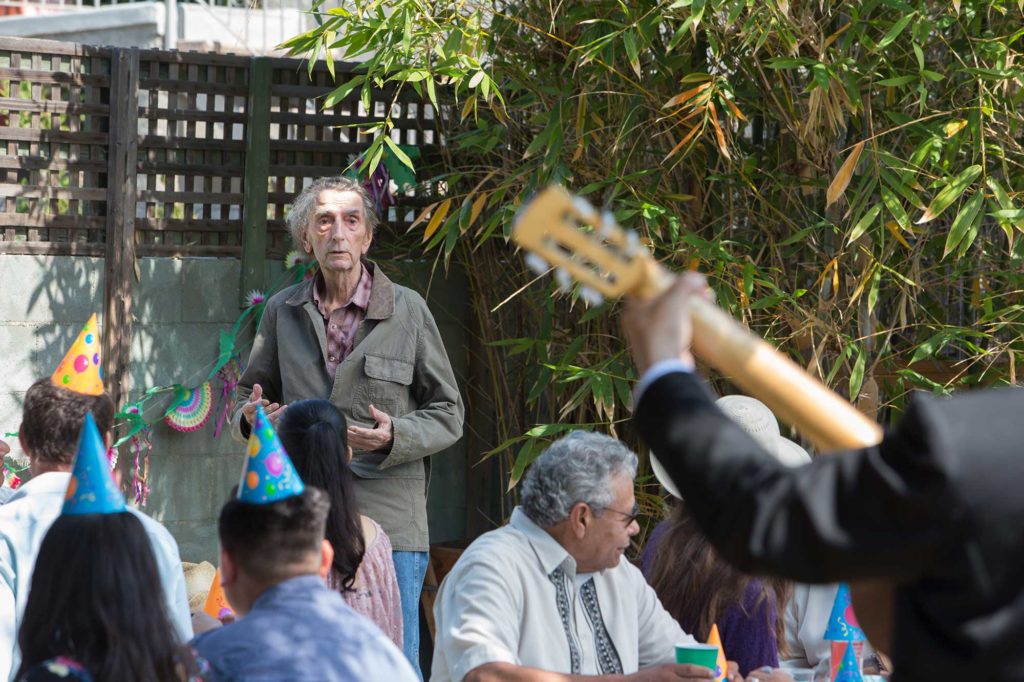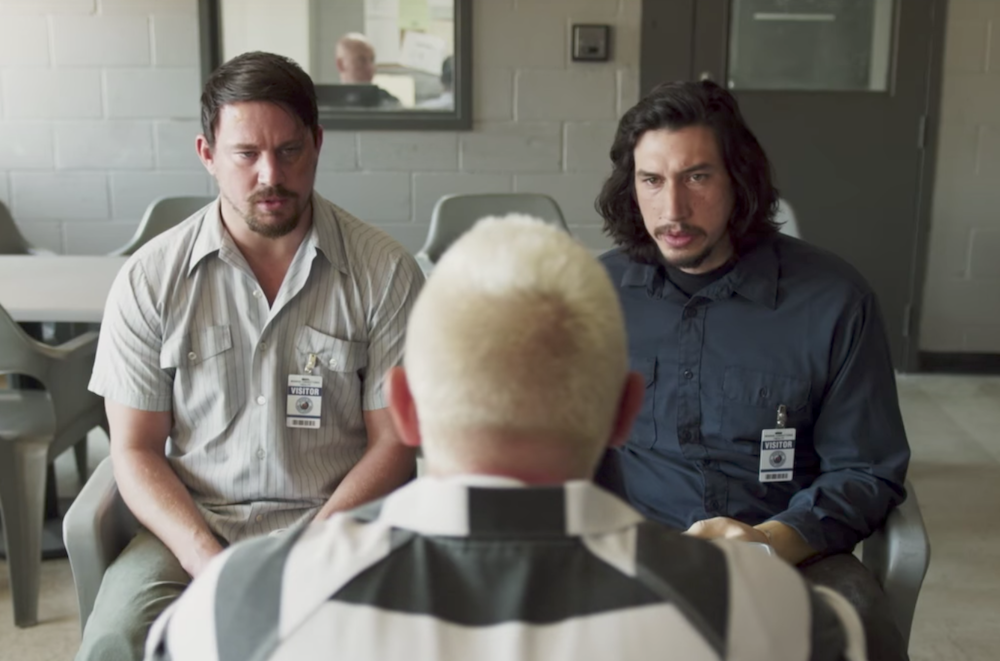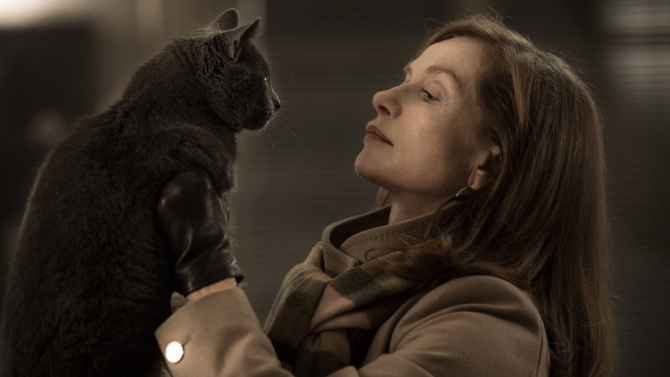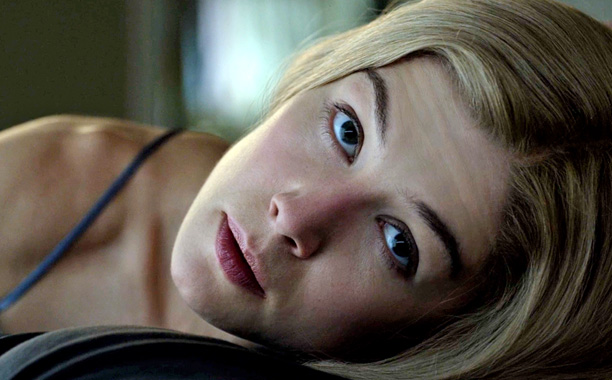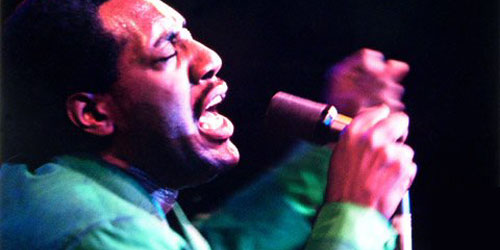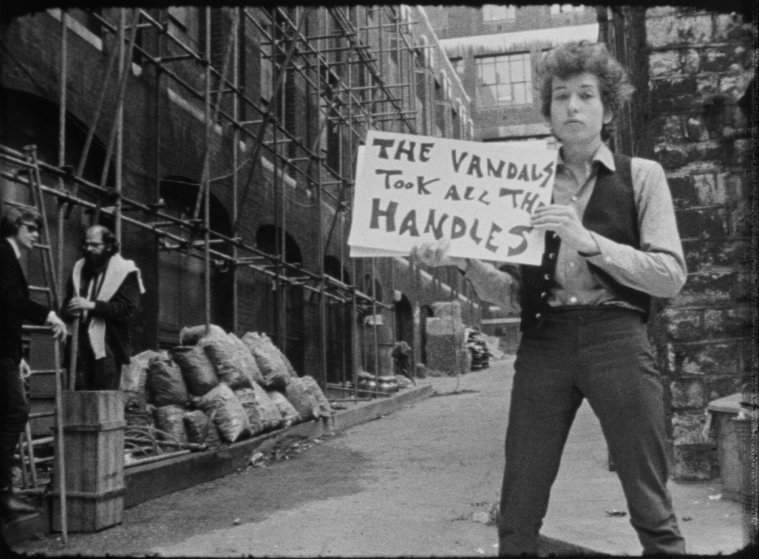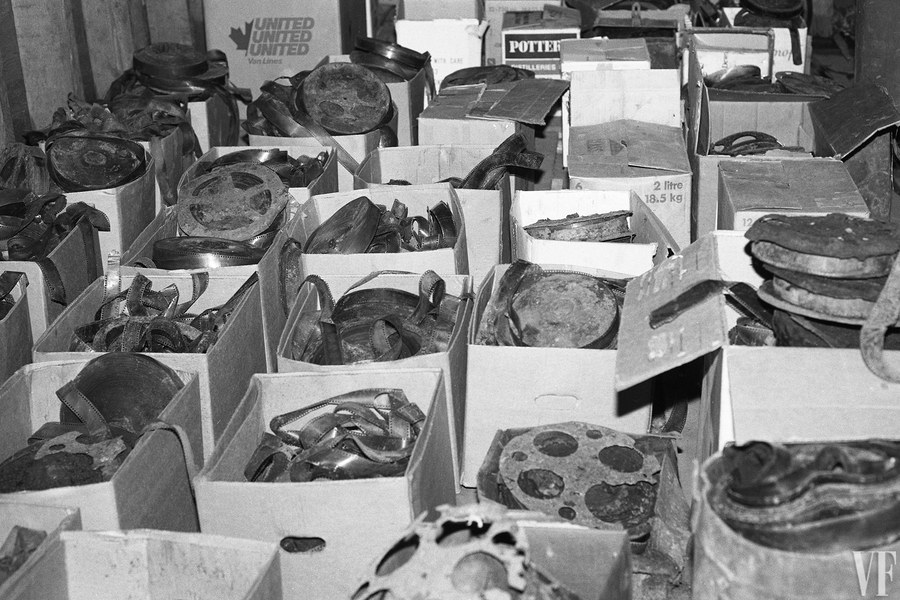
When there’s a movie that is supposed to be good for you, but you really don’t enjoy it, I call it an “eat your broccoli” movie, and the documentary Dawson City: Frozen Time is an example.
An estimated 75% of all silent movies have been lost. Dawson City: Frozen Time is about the discovery of hundreds of silent films. It turns out that Dawson City, a mining hamlet in the Canadian Yukon, was the last stop on a movie distribution circuit. When a movie played Dawson City, it was already two years after the initial release, so the distributors didn’t find it worthwhile to pay for the return of the film. Accordingly, many movies from the silent era were stored or disposed of in Dawson City, where they were uncovered by a construction bulldozer in 1978.
That’s all interesting enough, and 5-10 minutes would be enough to tell this story, and then we could focus on the most compelling of the actual Lost Films, and that could make a fine documentary. But the two hours of Dawson City: Frozen Time is a loooong two hours.
There are some interesting documentary nuggets. One example is an illustration of how hand grenades were manufactured for WW I.
Baseball fans will treasure clips from the 1919 World Series, which is infamously known for the “Black Sox” scandal. Some Chicago White Sox stars took money from gamblers to throw the series. In Dawson City, we actually get to see some of the suspiciously inept plays by the heavily favored Sox.
The best part is about two-thirds through – a montage of found films. The images are compelling, and the performances have a surprising magnetism.
By far the worst part of Dawson City is its off-putting score. The drone of discordant chords (is that an oxymoron or just impossible?) played on various keyboard instruments is distracting and then finally unbearable. I was annoyed enough, but then The Wife, from another room in the house, called out, “That music is TERRIBLE”.
I need to tell you that I’m outside the critical mainstream on Dawson City: Frozen Time, which has an impressive Metacritic score of 85. Major critics that I highly respect have described it as “instantaneously recognizable masterpiece”, “thrilling”, “hypnotic” and even “elevates…to the level of poetry”. But not for me.
Dawson City: Frozen Time can be streamed from Amazon, Vudu, YouTube and Google Play.


